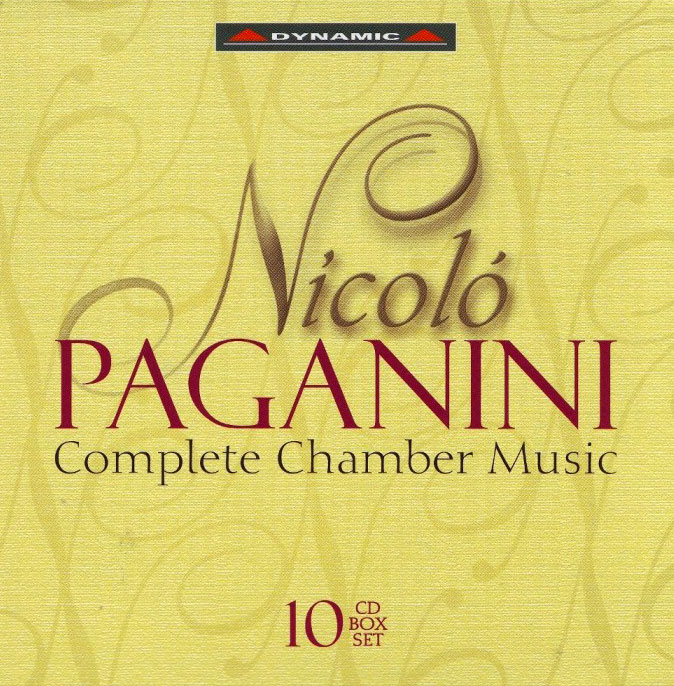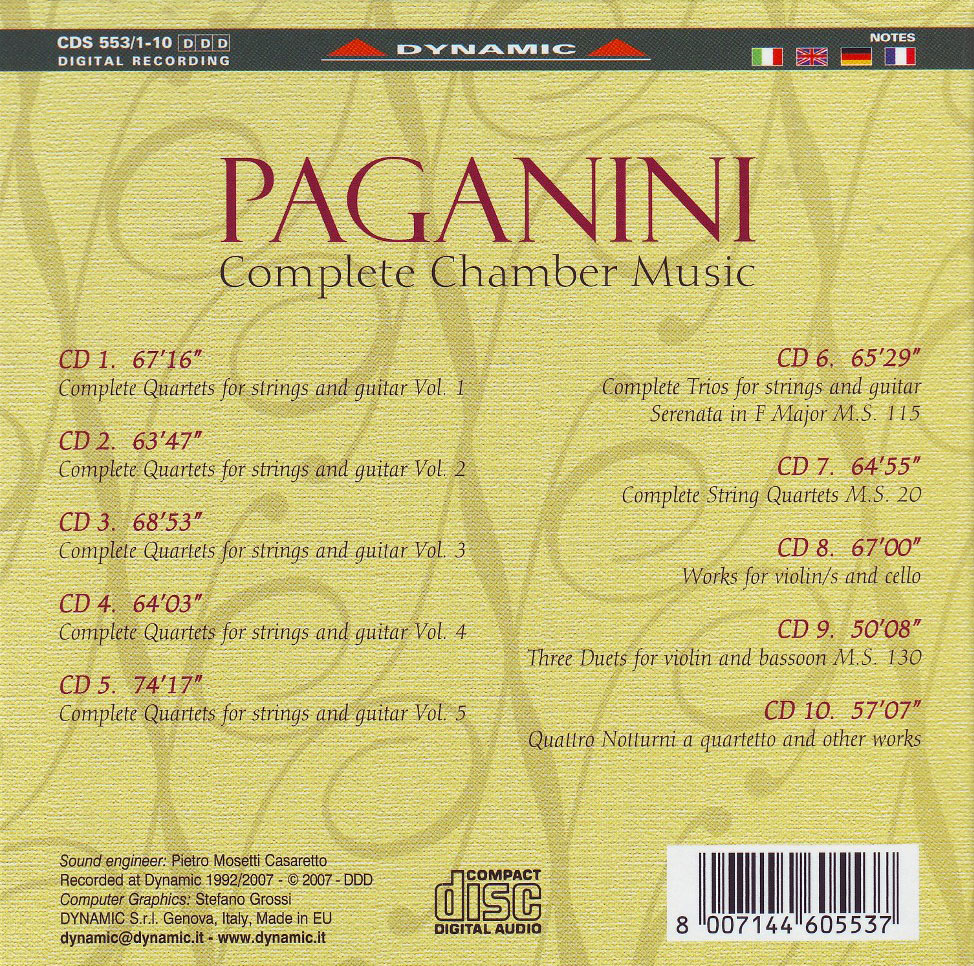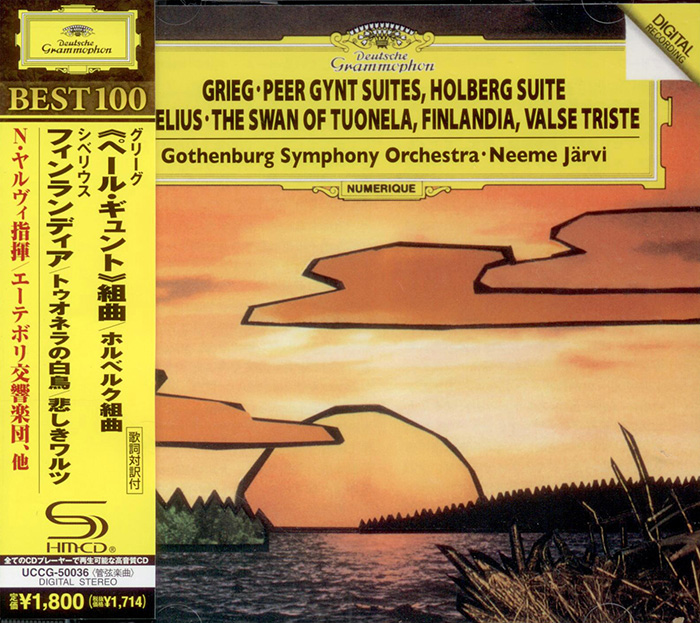Logowanie
Mikołaj - ten to ma gest!
Elton John, The Mamas & The Papas, Cat Stevens, Rod Stewart, Bobbie Gentry, Stevie Wonder, Engelbert Humperdinck
Memory Lane
Edycja Numerowana - 1000 egzemplarzy w skali światowej
RACHMANINOV, Eiji Oue, Minnesota Orchestra
Symphonic Dances / Vocalise
Best Recordings of 2001!!! NAJCZĘŚCIEJ KUPOWANA PŁYTA Z RR!
Karnawał czas zacząć!
Music of Love - Hi-Fi Latin Rhythms
Samba : Music of Celebration
AUDIOPHILE 24BIT RECORDING AND MASTERING
CHOPIN, LISZT, DEBUSSY, DVORAK, Gerhard Oppitz
Dances romantiques - A fantastic Notturno
Wzorcowa jakość audiofilska z Clearaudio
Winylowy niezbędnik
ClearAudio
Double Matrix Professional - Sonic
najbardziej inteligentna i skuteczna pralka do płyt winylowych wszelkiego typu - całkowicie automatyczna
PAGANINI, Salvatore Accardo, Bruno Pignata, Quartetto Paganini
Complete Chamber Music

- Salvatore Accardo - violin
- Bruno Pignata - violin
- Quartetto Paganini - group
- PAGANINI
Efekt 15 lat studiów i badań, doboru instrumentów i interpretatorów.
Dynamic, the independent Italian record label, based close to Paganini’s birthplace in Genoa, has compiled this ten disc set of their previously issued Paganini recordings. It seems that several of these recordings were receiving their first recording. Although this box includes the complete edition of Paganini’s fifteen quartets for strings and guitar; the three string quartets and a number of other chamber works there is certainly much of Paganini’s chamber music not included here. It omits the large amount of chamber music that Paganini wrote for guitar and violin, solo guitar and for solo violin. There are seventy or so duets for violin and guitar, including the familiar Sonata concertata, MS2, Grand Sonata, MS3 and the Cantabile, MS109. In addition Paganini wrote over a hundred scores for solo guitar. Dynamic have issued discs of a sizeable number of Paganini’s works for violin and guitar and a disc of some of his solo guitar scores.AB The Arts Music label on Red Line has four volumes of the solo guitar music.C With regard to the solo violin music there are many available versions. For the Dynamic label Stefan Milenkovich has recorded the complete music for solo violin - released in 2004 on CDS 402/1-2. Paganini holds an esteemed status as probably the world’s finest ever virtuoso violinist but his chamber music compositions are, with minor exceptions, almost totally ignored. It is often forgotten that Paganini also played and composed for the guitar. In fact, of the five opus numbers published during his lifetime only the op. 1 set of 24 Caprices for Solo Violin did not include the guitar. It may come as a surprise that Paganini also wrote a sacred choral score entitled Le couvent du mont St. Bernard for violin, chorus and orchestra. I have yet to hear it but it was given its first recording by the Dynamic label.D I have previously reviewed five of the ensemble scores with guitar that are contained on this release on two volumes of recordings from the German based Ambitus label (Vol. 1 AMB97977 and Vol. 2 AMB96899). It seems that Paganini wrote chamber music from an early age and continued to do so regularly throughout his life. Often he would compose whilst on tour as a virtuoso performer during the long and arduous coach journeys. Biographer Danilo Prefumo has written that, “Paganini’s chamber music is the genuine expression of the more private side of this composer’s musicality …” The general neglect of Paganini’s chamber music is highlighted by the fact that for many decades a large number of the scores have not been generally available for performance. For example his three string quartets MS20 were published as recently as 1976 with a performing edition in 1991; some hundred and fifty years after their composition. In addition to his fame for composing for the violin Paganini also wrote a substantial amount of music for the guitar. The majority of the scores on this Dynamic release include the guitar. Swiss composer Franz von Wartensee, an associate of Paganini, wrote in his memoirs, “Not everyone knows that Paganini was a first-rate guitarist, since he did not consider it worth the effort to present himself publicly as such.” The sources of information that I have checked are rather vague on the origins and dates of Paganini’s attraction to the guitar. I understand that the main influence was his father Antonio who was himself a mandolin player and it is likely that from an early age Paganini would have received instruction from Antonio. It seems that from around 1801, during the few years that Paganini lived with a wealthy lady on her country estate in Tuscany, his energies were principally channelled into guitar study and composition. On the whole the music on this Dynamic series is characteristic, lyrical and immensely enjoyable. These scores have a propensity for delivering entertainment rather than cherishing pretensions of greatness; those wanting significant emotional depth to their music should look elsewhere. Comprising seventy percent of the set the fifteen Quartets for strings and guitar (CDs 1-5); the three Strings quartets (CD 7) and the five Trios for strings and guitar (CD 6) follow a similar sound-world and design. Here Paganini’s typical four movement plan predominantly consists of a quick and entertaining opening movement Allegro followed by a lively and carefree second movement Minuet that verges on a Scherzo. The slow third movement is expressive, aria-like and sweetly lyrical, marked Adagio or Andante. Concluding the score is a brisk and spiritedly ebullient Allegro or Presto that sometimes employs the stricter form of a Rondo. I especially enjoyed the Theme and eight Variations for two violins and cello, MS117 (CD 8) - an unusual and pleasurable score with a noble theme, followed by a set of eight variations containing a wide range of moods. The twenty one Divertimenti carnevaleschi for two violins and cello, MS4 (CD 8) are a substantial set of short and varied scores. Included on the final disc is the four Nocturnes for two violins, viola and cello, MS15 (CD 10). Each of the Nocturnes opens with an expressive slow movement that precedes a brisk and lithe dance-like movement. Two interesting and amiable scores are the Sonata per Rovene per mandolino e chitarra (Serenata per Rovene in E minor for mandolin and guitar), MS14 and the Serenata per mandolino e chitarra (Serenata in G major for mandolin and guitar), MS16. Both scores are cast in two brief movements with the mandolin taking the leading role. In a way similar to the four Nocturnes, MS15 a slow movement is followed by a movement of a swifter pace. The final work on the set the Minuetto per l’amandorlino per mandolino solo (Minuet in E major for solo mandolin), MS106 is a rather uninspiring three movement affair. To be candid these works although interesting and highly appealing are not candidates to become staples of the chamber repertoire and are unlikely to be taken up by the leading ensembles on the international stage. Notwithstanding the numerous four movement scores, I found many of the other works such as the three Duets for violin and cello; the twenty one Divertimenti carnevaleschi for two violins and cello; the substantial three Duets for violin and bassoon; the Sonata per Rovene per mandolino e chitarra and the Serenata per mandolino e chitarra contained surprises both in terms of layout, employment of instrumentation and musical content. Generally, I was fascinated by how Paganini’s writing can sometimes display a certain vulgarity and the next minute I could be enchanted by his charm and warmth. I found it frequently difficult to forecast what Paganini would do next and this unpredictability is a characteristic that was highly pleasing. Dynamic have employed some nineteen different players over the fifteen year span of these recordings. Violinists: Bruno Pignata the leader of the Quartetto Paganini performs on a large number of the scores; Stefan Milenkovich displays his undoubted prowess on disc 8 and the renowned international soloist and Paganini champion Salvatore Accardo plays on the Three Duets for violin and bassoon (CD 9). It is clear from these interpretations that the players relish the attractive writing. Throughout I was impressed by the matching of the players, their blend of ensemble and choice of pace. Overall finesse, eloquence and tonal beauty are not words that I would use to describe these performances although the playing is consistently characterful, and often glowing and delightful. I especially enjoyed the effervescent performances of the allegros of the quintets and quartets and was impressed that the momentum of the slow movements is never allowed to wane. Generally the sound quality has been produced to a decent standard, clean and bright with just a slight lack of depth. However, on CD 9 I found the Three Duets for violin and bassoon to be rather too brightly lit and I had to resort to considerable adjustment of the line-out-level on my disc player. There is an interesting and well written essay in the accompanying booklet by Danilo Prefumo; yet I was left wanting more information on the actual scores. These rarely encountered chamber music scores from the Genoese Maestro are certainly worthy of investigation. Michael Cookson Read more: https://www.musicweb-international.com/classrev/2008/Mar08/Paganini_cds553110.htm#ixzz214uU0vUV >b>Uczestnicy nagrania: Quartetto Paganini: Bruno Pignata (violin), Lorenzo Lugli (viola), Paola Mosca (cello), Giuseppe Briasco (guitar) (CDs 1-3). Quartetto Paganini: Bruno Pignata (violin), Ernest Braucher (viola), Riccardo Agosti (cello), Giuseppe Briasco (guitar) (CDs 4 & 5). Dora Bratchkova (violin), Götz Hartmann (violin), Antonello Farulli (viola), Andrea Noferini (cello), Adriano Sebastiani (guitar) (CD 6). Quartetto d’archi Paganini: Bruno Pignata (violin), Gian Luca Allocco (violin), Ernest Braucher (viola), Dario De Stefano (cello) (CD 7). Stefan Milenkovich (violin), Riccardo Agosti (cello), Pier Domenico Sommati (second violin) (CD 8). Salvatore Accardo (violin), Claudio Gonella (bassoon) (CD 9). Quartetto d’archi Paganini: Bruno Pignata (violin), Gian Luca Allocco (violin), Ernest Braucher (viola), Dario De Stefano (cello), Dorina Frati (Genoese mandolin), Piera Dadomo (guitar) (CD 10).






























